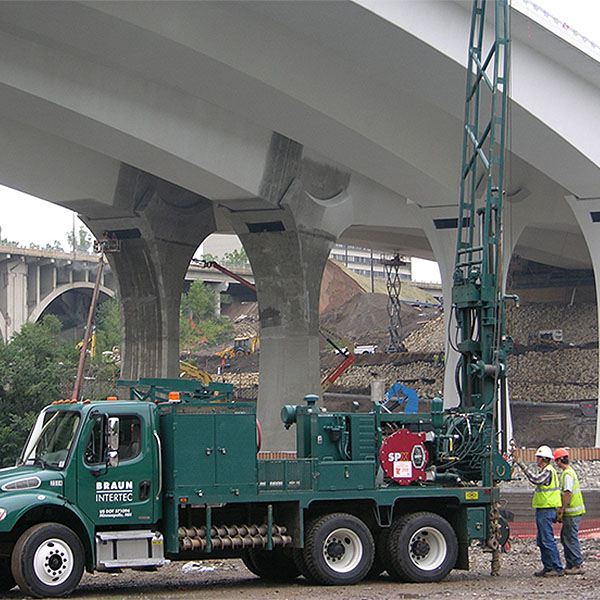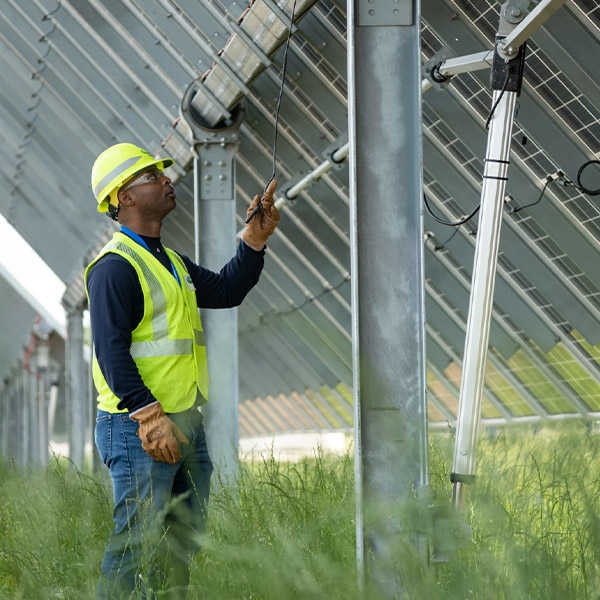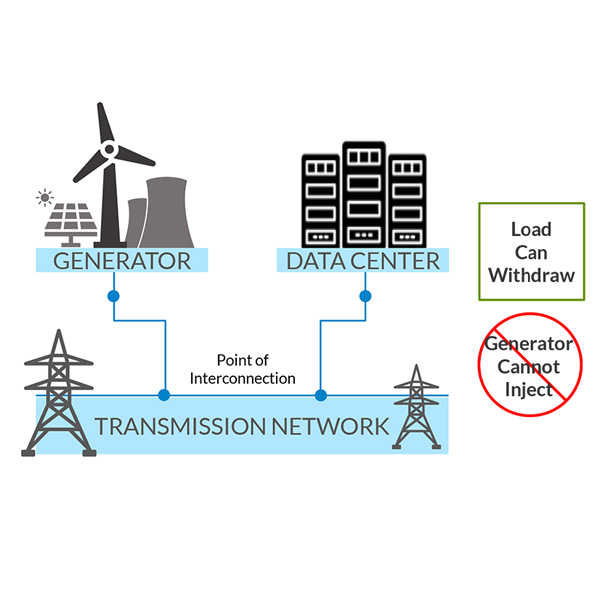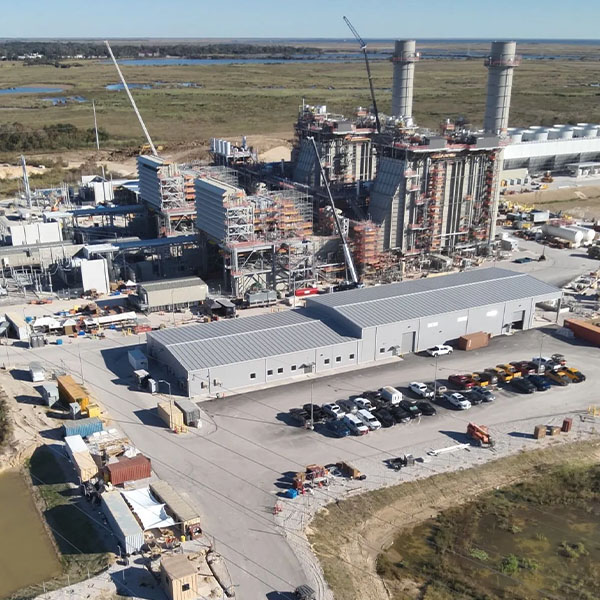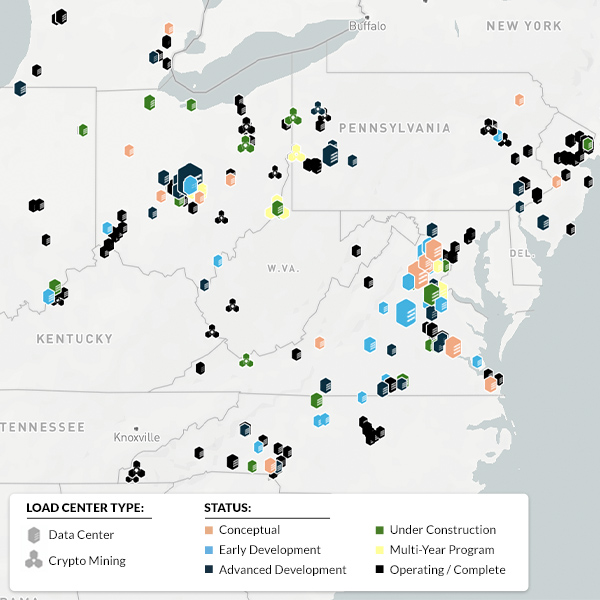Midcontinent Independent System Operator (MISO)
MISO opened another review of a second project from its first long-range transmission plan portfolio, prompted again by construction cost overruns.
Louisiana-based power generator Pelican Power is the first to register a complaint over MISO’s yearslong miscalculation in its capacity auctions in an effort to stop the RTO’s retroactive pricing corrections.
MISO said it will not postpone the kickoff of a study on its 2025 cycle of interconnection requests, rebuffing stakeholders’ requests for a slowdown to clear some of the queue’s four-year backlog.
MISO is considering a new type of interconnection agreement for generation built on site and strictly for new large loads.
MISO will study 6 GW of mostly natural gas-fired generation projects in the second group of entrants under its interconnection queue fast track.
A new report examines CAISO, MISO, PJM and SPP efforts to accelerate interconnection and concludes that while some may succeed in speeding generation additions, some sacrifice fairness, transparency and open-access principles.
FERC dismissed Ameren’s bid to gain exclusive rights to build nearly $2 billion of MISO regional transmission projects in the state free of competitors.
Many comments on the Department of Energy’s Advance Notice of Proposed Rulemaking to FERC on large load interconnections warned against going too far into jurisdictional issues.
Effort seeks to expedite development of the gigawatt-scale generation, transmission and grid infrastructure needed to support large-scale data centers and AI development.
FERC approved MISO’s proposal to increase the number of generation projects it may study under its expedited interconnection queue lane from 10 to 15 per quarter.
Want more? Advanced Search
